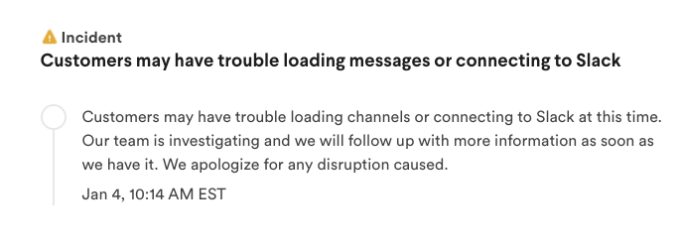How Realme Became the Fastest-Growing Smartphone Brand Globally
Disrupting the Smartphone Market with Youth-Centric Innovation
Launching a new smartphone brand in 2018 seemed like a daunting challenge in an oversaturated market. Yet, Sky Li, founder of Realme, identified a critical gap: young consumers (ages 18-25) craved devices that were both affordable and stylish. This insight became the cornerstone of Realme’s meteoric rise.
A Carnival-Style Launch That Captivated India
Realme’s breakthrough moment came with a bold marketing move—a product launch at an Indian university campus. Unlike traditional corporate events, this felt like a festival, complete with local rappers and an electric atmosphere.
“It was a carnival, a disco party. No one sat down,” recalls Chase Xu, Realme’s Chief Marketing Officer. “No foreign brand had ever done this on campus. We didn’t just sell a phone; we showcased a youthful, rebellious attitude.”
This strategy resonated deeply, propelling Realme into the spotlight. Within nine quarters, the brand shipped 50 million smartphones worldwide, with India as its largest market—even surpassing China.
The BBK Advantage: Supply Chain and Strategic Independence
Realme’s success isn’t purely organic. It’s part of BBK Group, the conglomerate behind giants like Oppo, Vivo, and OnePlus. While Realme operates independently, it leverages Oppo’s robust supply chain—a critical edge in cost efficiency and innovation.
Key Benefits of the BBK Ecosystem:
- Access to cutting-edge technology: Realme was among the first to integrate Qualcomm’s Snapdragon 865 chip and quad-camera setups.
- Cost-effective production: Shared resources allow competitive pricing (e.g., 8GB RAM phones under $152 in India).
- Light-asset model: Lower overheads translate to aggressive pricing without sacrificing profitability.
Winning Over Gen Z: Beyond Traditional Marketing
Realme’s growth hinges on its unconventional outreach:
- Community-Driven Engagement: Fans actively contribute ideas, even sketching product designs for the brand.
- Influencer Collaborations: Partnering with local celebrities and hosting campus music festivals.
- Avoiding Traditional Ads: Prioritizing organic, word-of-mouth campaigns over expensive billboards.
“Our users don’t just buy our products—they co-create them,” says Xu. “This generation wants interaction, not just transactions.”
Navigating Challenges: Geopolitics and Global Expansion
Despite anti-China sentiments in India, Realme maintained a 10% market share in Q3 2020 (per Counterpoint Research). Madhav Sheth, Realme’s India CEO, played a pivotal role by fostering trust through transparency and charisma.
Future Growth Markets:
- Europe: A competitive but lucrative arena for premium devices.
- Russia: Untapped potential in mid-range smartphones.
- China: Reclaiming ground in its home market against rivals like Xiaomi and Huawei.
Design as a Differentiator: Collaborating with Global Icons
Realme’s partnership with Japanese designer Naoto Fukasawa (of MUJI fame) exemplifies its commitment to aesthetics. The onion-inspired Realme X model—with its intricate textures and hues—showcases how the brand blends artistry with technology.
“Fukasawa showed me an onion in sunlight,” Xu recalls. “Its veins and colors were breathtaking. That’s the magic we bring to our designs.”
The Road Ahead: IoT and Ecosystem Building
Like Xiaomi and Huawei, Realme is expanding into IoT (smart TVs, earphones) to create an interconnected ecosystem. While smartphones remain its core, these high-margin gadgets will fuel long-term growth.
Why Realme Stands Out:
- Speed: 50 million sales in under three years.
- Agility: Rapid adoption of trends (e.g., 5G, high-refresh-rate displays).
- Authenticity: A brand that listens to and grows with its users.
In a market dominated by legacy players, Realme proves that innovation, community, and strategic partnerships can redefine success.












